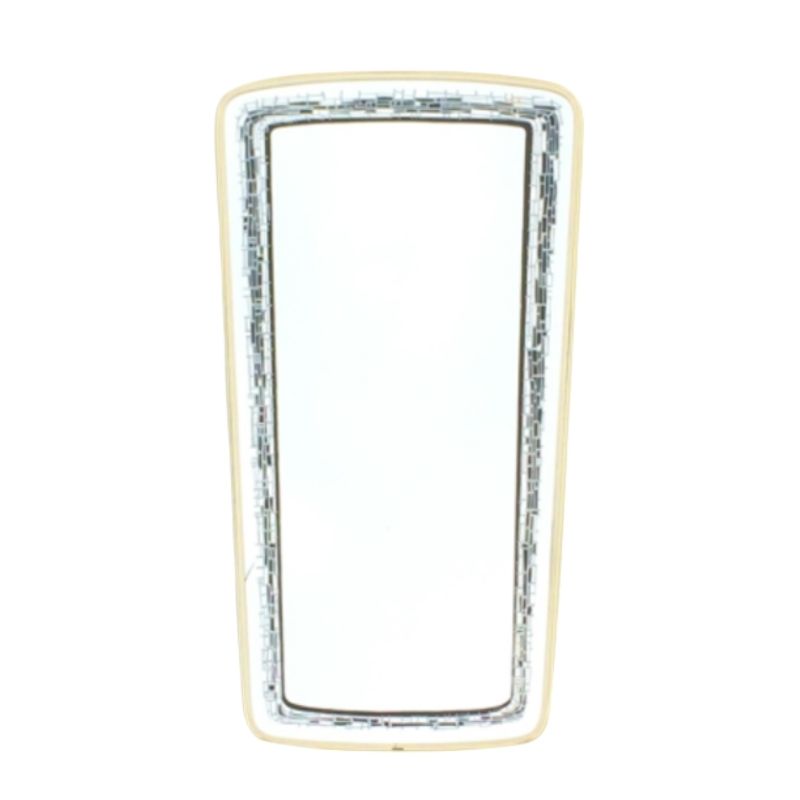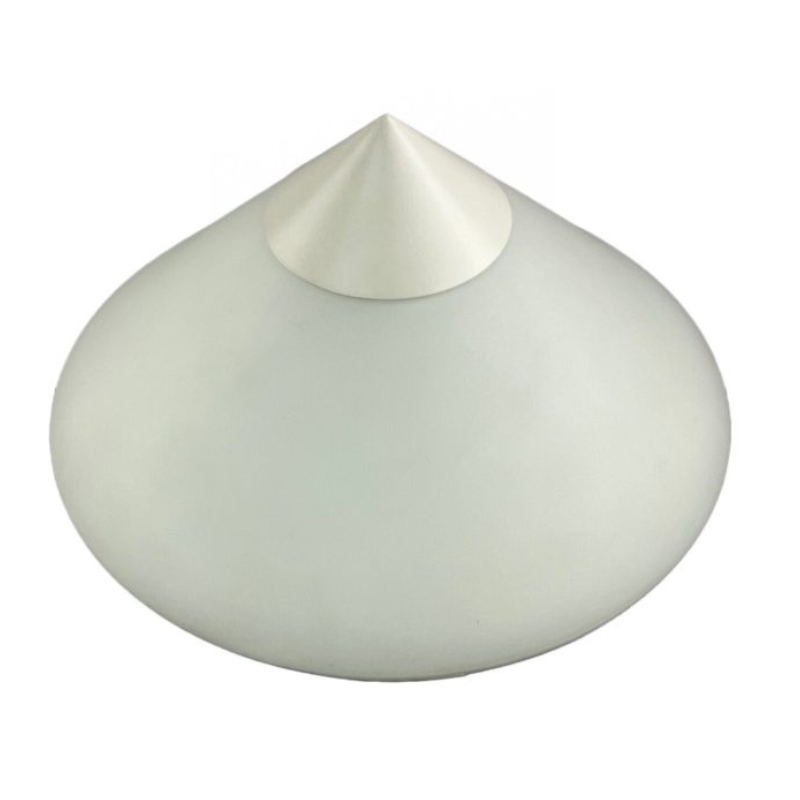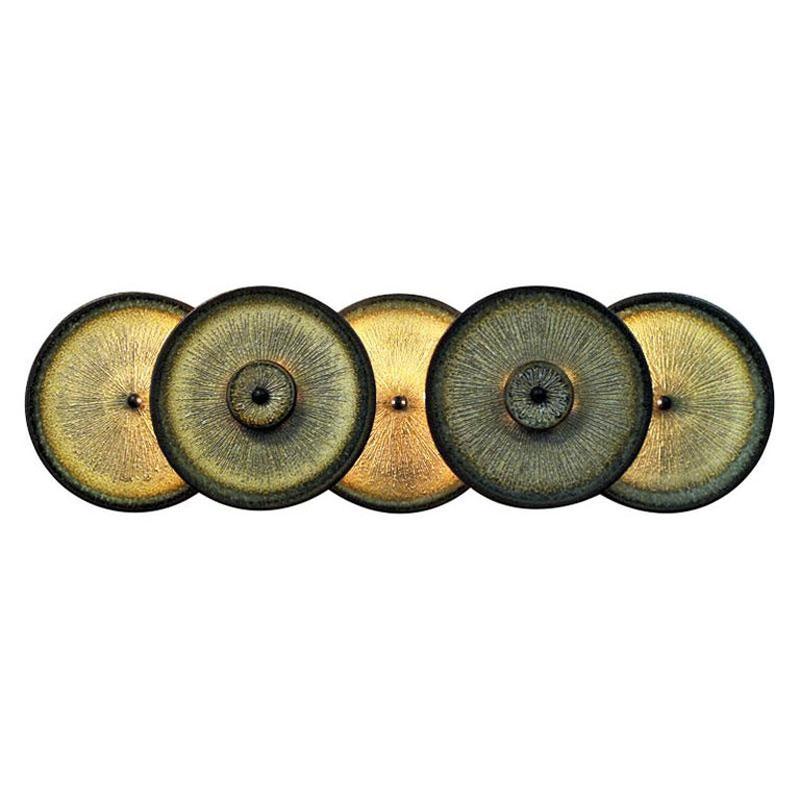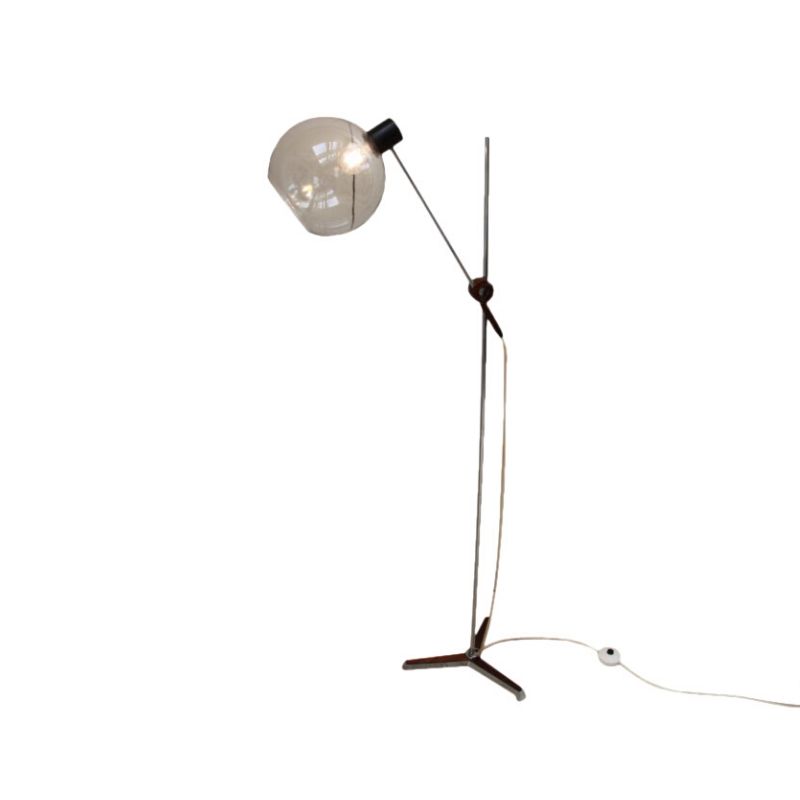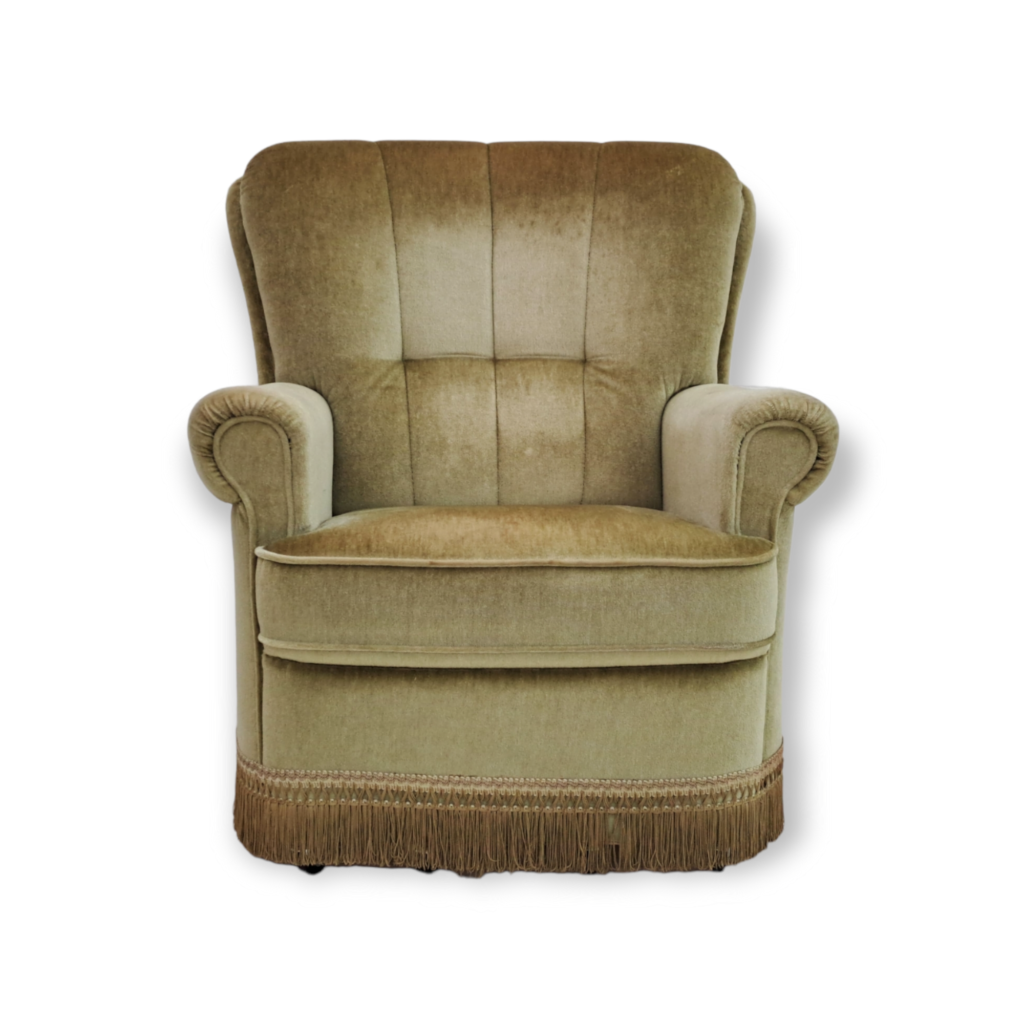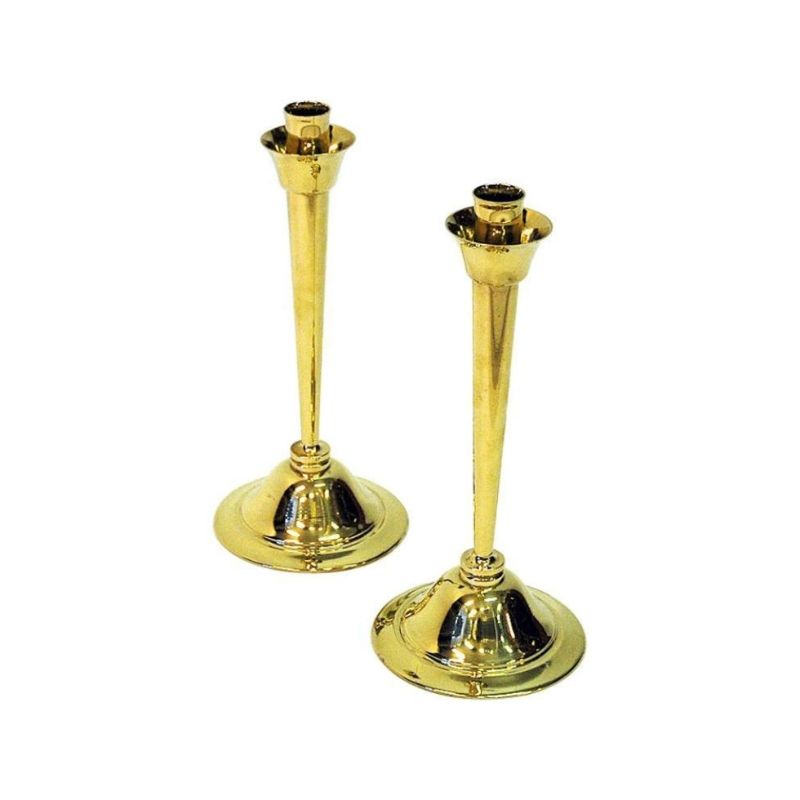This is way more sophisticated than the Frank & Son stuff.
The grid that fastfwd doesn't like isn't gratuitous-- it provides a second tier under the glass top. And, the eight supports on the glass top aren't arbitrary, they're continuations of the grid below.
The little side tables aren't anything to write home about, true; but the grid beneath the glass isn't a misstep-- a grid supporting the glass is far more stable than a couple of parallel wires (which would create a teeter-totter effect).
I don't find this set breathtakingly beautiful, but it's rational.
Much "Nelson" is really "Nelson and Associates".
It often worked just as you imagine, Heath. The Coconut Chair was designed by George Mulhauser, the Marshmallow Sofa and many of the clocks were designed by Irving Harper, etc.
From an article in Metropolis (link below) about Irving Harper:
"During the heyday of American Modern industrial design, designers like Rohde, Dreyfuss, Bel Geddes, and Loewy were treated like celebrities -- one-name pop stars. 'They were considered geniuses,' Harper says, flipping through a portfolio of furniture and products, his life's work. 'Individuals responsible for transforming the look of American product. So there always had to be one name associated with the work. We couldn't just spread it around.'"
and
"[John] Pile, who worked in the office during the 1950s when it was officially known as George Nelson and Co., offers an explanation on the murky issue of authorship: 'George's attitude was that it was okay for individual designers to be given credit in trade publications, but for the consumer world, the credit should always be to the firm, not the individual.'"
http://www.metropolismag.com/html/content_0601/har/index.html
WHC
I was imagining more than two parallel wires, but if you needed to do it with just two, you could make it pretty stable. The two sketches below are equally resistant to tipping.
Regarding the coffee table's design: I get it, but I just don't like it. My opinion only.
Oh, and I have a question for anyone who knows... This set wasn't intended to be used indoors, was it?
Straylight gets a big...
Straylight gets a big applause from me!
I personally love the period hipster look of the flimsy iron furniture. I believe it must have been made for young moderns in the time period. Its furniture for young people, and not their stuffy parents stuff, from the more fancy era that preceded it. Kind of like piercings, tattoos, smart phones, hip-hop, and all the crap the young people of today, clutch so tightly.
On another level, I like even the cheapest black iron stuff, because it was almost home built in a garage with an arc welder. I would not want to even grind off, or smooth down those crude period welds on the Reilly Wolfe circle chairs, or the rough Tony Paul Tempo stuff. I can weld a perfect smooth TIG weld, but adore the crudeness in the old arc welds.
I think all of this stuff was copied by the low brow makers and dealers in the day. It was probably impossible to keep from getting your designs ripped off. Just look at the Knoll Hardoy butterfly chair... they say its the most copied chair of all time. What famous designer would stay in that market for more than 6 months?
Straylight is saving me so much time, because I wanted to research all the things he is doing. When I buy his book, its going to save me a go-zillion hours of looking through every 1946-1960 home magazine, in search of the cheapest designs in iron. I mean that in a nice way... I love the low cost iron stuff to fill a baby boomers household.
thanks again straylight
Seems a dealer found via the...
Seems a dealer found via the radar has jumped on the George Nelson bandwagon:
http://www.designaddict.com/design_radar/index.cfm/fuseaction/design_rad...
If you need any help, please contact us at – info@designaddict.com



